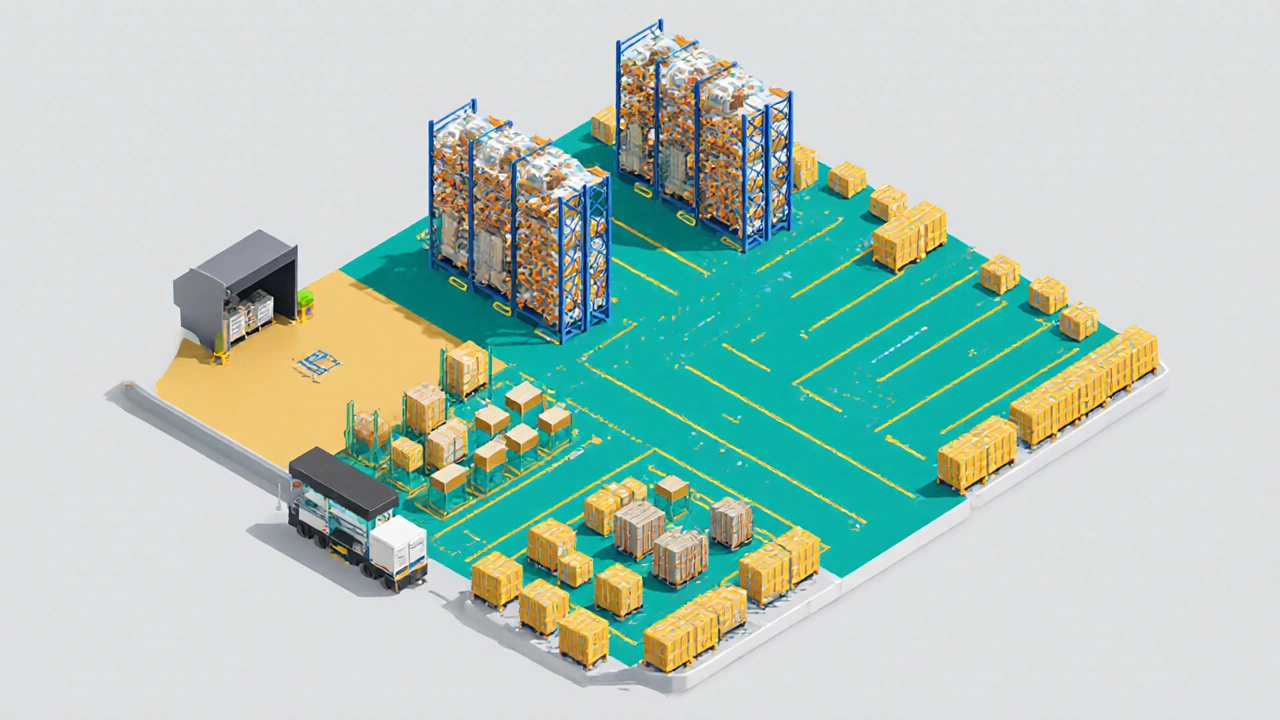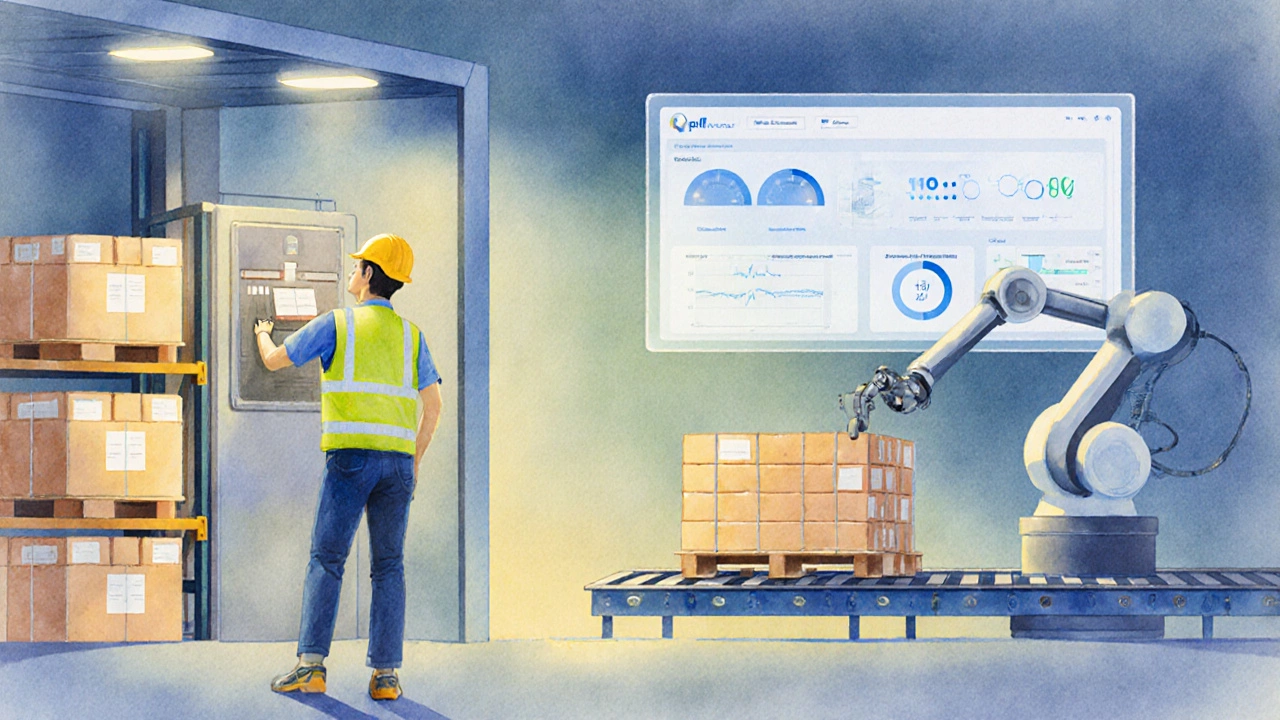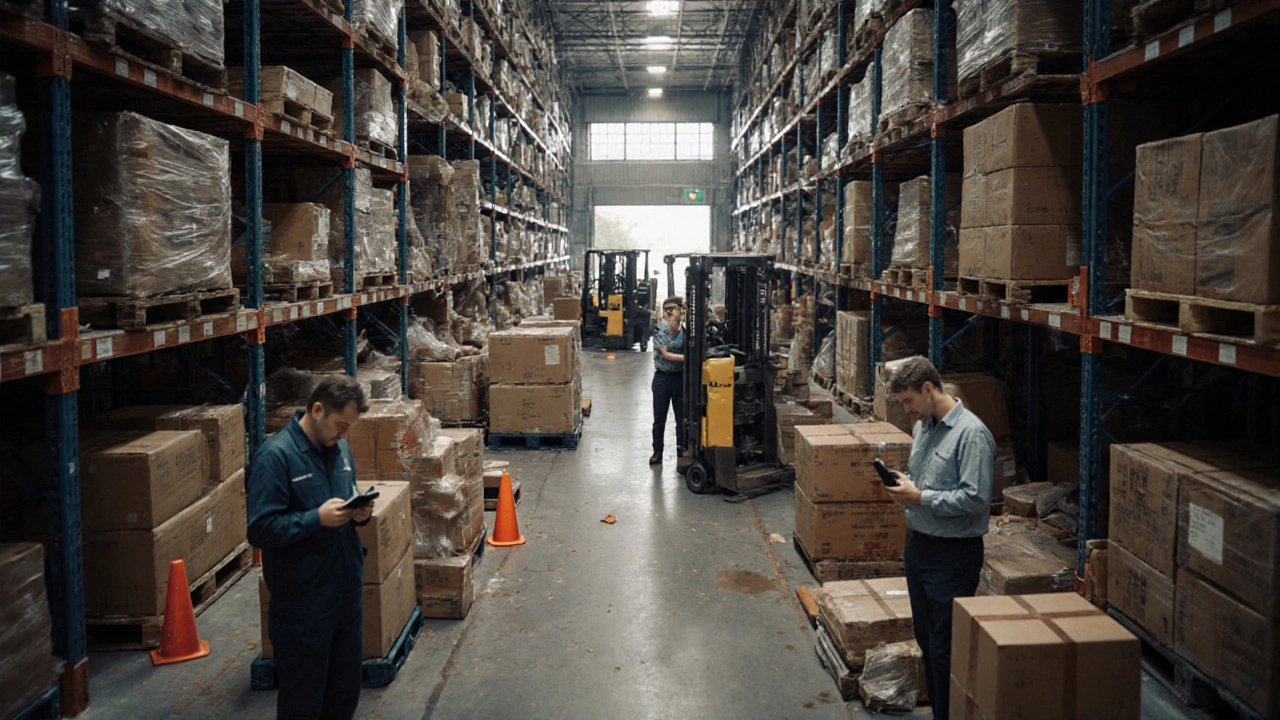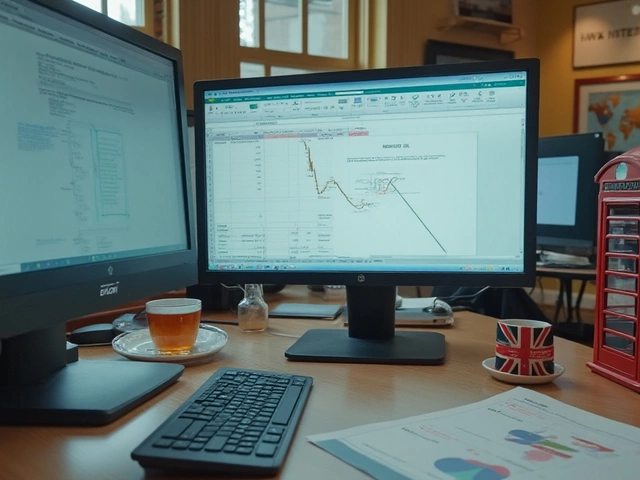Warehouse Efficiency Calculator
Optimize Your Warehouse Flow
Calculate potential labor savings and efficiency gains from layout improvements based on your current operations.
Results
OptimizedTravel Distance
0 meters
↓ 0%Labor Cost Savings
$0.00
↓ 0%Time Savings
0 minutes
Per orderThese estimates assume your current travel distance is 150 meters per order with $1.20 labor cost. A 15% travel reduction typically translates to 10-15% efficiency gain.
Every day, businesses face warehouse problems that slow down order fulfillment, raise costs, and frustrate staff. The good news is that most of these issues can be tackled with a clear plan, smart layout tweaks, and the right technology.
Spot the Most Common Warehouse Problems
Before you can fix anything, you need to know what you’re dealing with. Below are the top pain points that pop up in most facilities:
- Excessive inventory inaccuracies
- Poor space utilization leading to congestion
- Slow or error‑prone picking processes
- Frequent safety incidents and injuries
- Lack of real‑time visibility into stock levels
Root‑Cause Analysis: Why These Problems Happen
Understanding the why is half the battle. Use a simple five‑step root‑cause analysis:
- Collect data - capture error rates, order cycle times, and incident logs.
- Map the workflow - draw a flow diagram of inbound, storage, picking, and outbound steps.
- Identify bottlenecks - look for steps where queues build up or errors spike.
- Examine people, processes, and technology - ask whether staff are trained, procedures are standardized, and tools are adequate.
- Prioritize fixes - rank issues by impact on cost, speed, and safety.
Applying this framework repeatedly keeps you from treating symptoms rather than causes.

Redesign the Layout for Better Flow
Layout Optimization is a strategic rearrangement of storage zones, aisles, and workstations to minimize travel distance and reduce congestion. Here’s a quick checklist:
- Place fast‑moving SKUs near the packing area (the "golden zone").
- Separate bulk storage from pick‑face locations to avoid unnecessary cross‑traffic.
- Use clearly marked one‑way aisles - they cut travel time by up to 15%.
- Introduce dedicated staging zones for inbound and outbound pallets.
After the physical changes, measure travel distance per order. If it drops by at least 10%, you’ve hit a sweet spot.
Leverage Technology: WMS and Automation
Warehouse Management System (WMS) is software that coordinates inventory, labor, and equipment in real time. A modern WMS can offer:
- Real‑time inventory tracking (often via barcode or RFID).
- Automated wave planning for optimal picking routes.
- Integration with ERP, e‑commerce platforms, and shipping carriers.
When paired with Automation - such as conveyor belts, pick‑to‑light, or robotic arms - you dramatically boost speed and cut errors.
| Metric | Manual Picking | Automated Picking |
|---|---|---|
| Pick Speed (items/hour) | 60‑80 | 150‑250 |
| Error Rate | 1.5‑2.5% | 0.2‑0.5% |
| Labor Cost per Order | $1.20 | $0.45 |
| Scalability | Limited by staffing | Easy to add more robots |
Even if a full‑scale robot fleet feels out of reach, start small with pick‑to‑light racks or conveyor‑assisted zones - the ROI can appear within 12‑18 months.
Streamline the Picking Process
Picking Process is the set of steps workers follow to retrieve items for an order. Best practices include:
- Batch picking - combine multiple orders into one trip to reduce travel.
- Zone picking - assign workers to a specific area so they never roam the entire warehouse.
- Use visual cues, such as color‑coded bins, to speed identification.
- Implement voice‑guided picking for hands‑free operation.
Measure pick accuracy before and after changes; a 0.5% improvement can translate into thousands of dollars saved annually.

Boost Safety and Empower Staff
Safety isn’t an afterthought - it’s a performance driver. Safety Protocols are formal rules that protect workers from slips, trips, and equipment injuries. Action steps:
- Conduct weekly safety briefings and hazard walk‑throughs.
- Mark high‑traffic zones and install anti‑fatigue mats.
- Provide ergonomic tools - e.g., lift‑assist devices for heavy pallets.
- Track incidents in a digital log to spot trends.
Staff Training should be ongoing, not a one‑off session. Mix classroom lessons with on‑floor coaching, and use short video modules that workers can revisit on demand.
Monitor Performance and Keep Improving
The work never ends. Establish a set of key performance indicators (KPIs) and review them weekly:
- Order‑to‑ship cycle time
- Inventory accuracy percentage
- Pick error rate
- Safety incident frequency
- Labor cost per fulfilled order
Use your Supply Chain Visibility platform - often part of the WMS - to pull data into a simple dashboard. When a KPI drifts, trigger a root‑cause session and act fast.
Frequently Asked Questions
What is the first step to fix a warehouse bottleneck?
Start by mapping the current workflow and measuring travel time for each step. Data‑driven mapping reveals where queues form, letting you target the exact location for improvement.
Do I need a full‑scale WMS to see benefits?
No. Many warehouses begin with a lightweight, cloud‑based WMS that handles inventory tracking and basic pick sequencing. Even this modest upgrade can cut errors by 30% and improve visibility.
How much can layout redesign improve efficiency?
Repositioning fast‑moving SKUs and establishing one‑way aisles typically reduces travel distance by 10‑15%, which translates to a similar boost in order‑to‑ship speed.
Is automation worth the investment for a mid‑size warehouse?
Yes, when you start with targeted solutions such as pick‑to‑light or conveyor‑assist. These systems often pay for themselves within 12‑18 months via labor savings and higher accuracy.
What KPIs should I track weekly?
Focus on order‑to‑ship cycle time, inventory accuracy, pick error rate, safety incident frequency, and labor cost per order. Monitoring these gives a clear picture of operational health.





